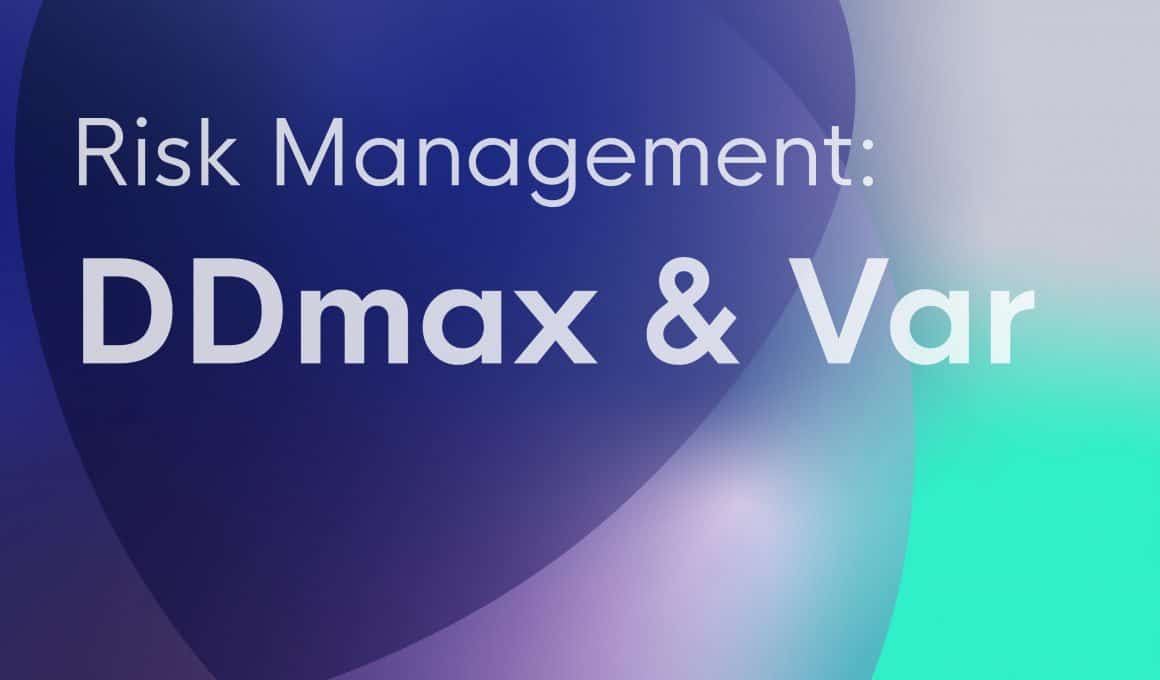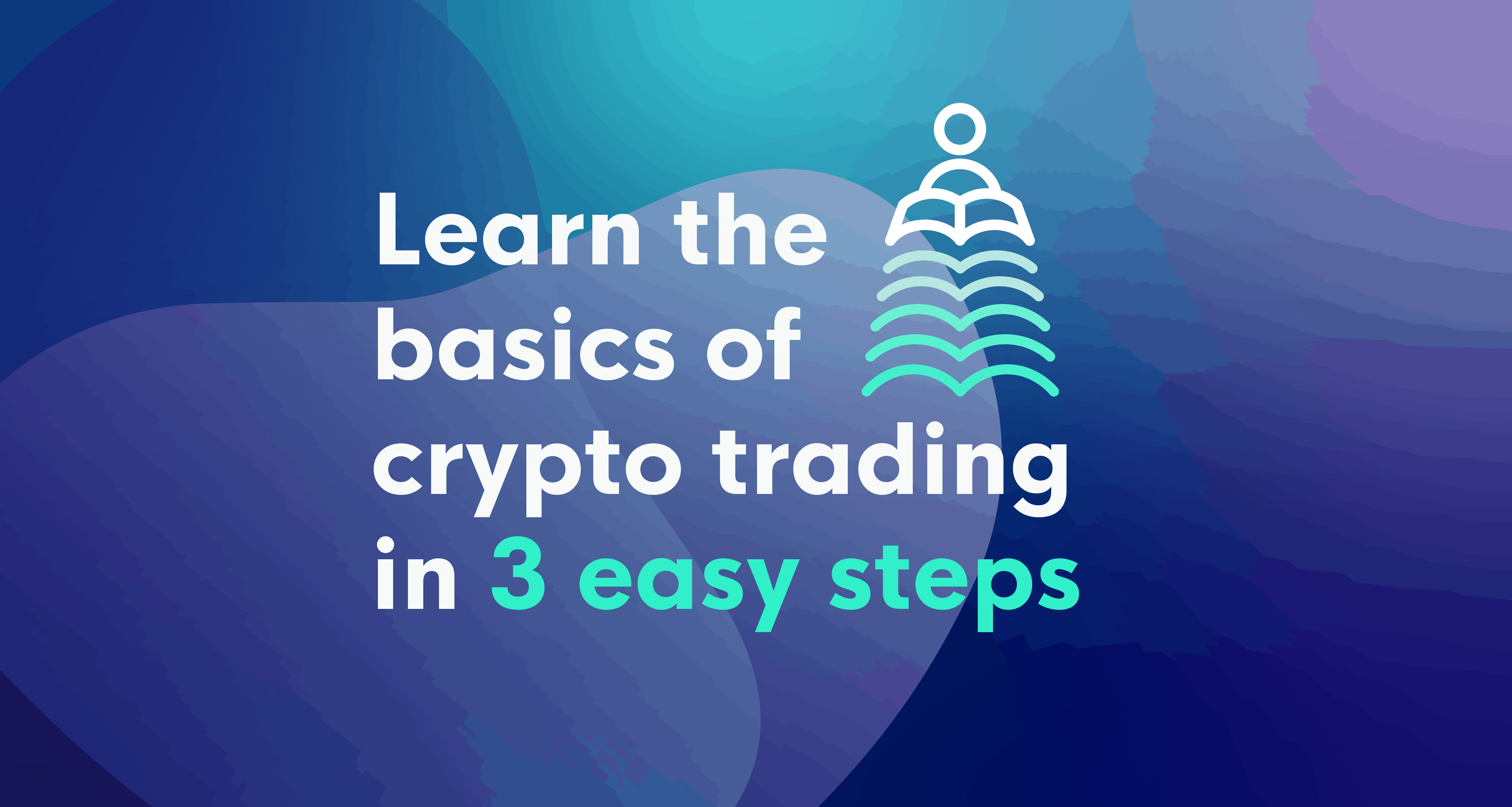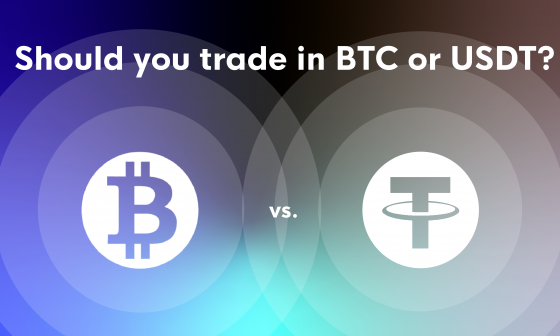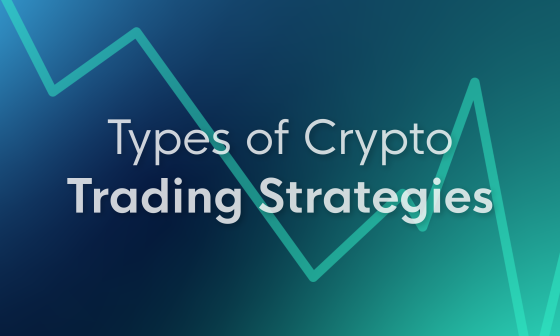Every successful trader I know analyzes risks first. Before placing any trade, the first question they ask is “what do I stand to lose”. Every strategy they analyze from the perspective of their downside and how they can protect it. How much do I risk, in order to achieve some profit (second question they ask is: is the profit worth the risk – aka what’s my RRR, third is probability of me being wrong).
Retail traders tend to look at their upside only. Especially in crypto when the whole echo bubble (your Twitter feed) is screaming “when moon”, some alts are doing thousands of percentage returns in few months. Looking at risk is simply not considered sexy.
When analyzing the downside, you need to look at a) absolute values – aka how much money you stand to lose, b) relative values – aka how significant would the loss be compared to your balance/rest of your trades or strategies, c) probability – aka how likely is it, that the market price would do such movement, that would invalidate my pre-trade analysis.
How to manage risk in crypto trading
So, what do you do if you want to become successful long-term profitable trader?
- Formalize your trading ideas into trading strategies. If you have no ideas start with our trading strategy step-by-step-guide.
- Backtest those strategies.
- Compare the results to find the strategies worthy of further research

There are two main risk management methodologies to examine risk in more depth: Maximum Drawdown (DDmax) and Value at Risk.While Maximum drawdown allows you to examine the past and draw conclusions from it, Value at Risk is focused on what could be waiting for you in the future.
Let’s look at them in detail:
Sharpe & sortino ratios are covered separately.
Maximum Drawdown (DDmax)
DDmax refers to the worst series of accumulated losses, that is, the maximum observed loss from a peak to a trough of a portfolio, before a new peak is established (Source).
Being considered an indicator of downside risk, large drawdowns could suggest that down movements could be volatile and therefore you can use large drawdowns as a gauge of the volatility that you trading strategy brings. This will help you prepare mentally for what might happen when you actually trade the strategy.
Having large drawdowns does not necessarily reflect lack of profitability of a strategy. Imagine Buy&Hold strategy of BTC investor, who bought Bitcoin at the very top in January 2018, at $20k. In the following three years the price of Bitcoin fell to $3,6k – drawdown of over 80%, before it skyrocketed to $60k in March 2021 – full 300% return. This volatility of cryptoassets is also why the word hold is jokingly substituted for hodl = hold on for dear life.
However, as it looks at the largest loss, it doesn’t put the number of losses in the equation which can obscure the volatility of asset. As crypto traders dealing with wild volatility, we are looking to trade crypto currencies offering us the highest returns for the lowest amount of risk. DDmax allows us to fulfil that aim as we examine the return of an asset and its associated risk.
Max Drawdown automatically with every backtest
In CLEO.one we have the strategy attributes which displays the Profit Factor, Sortino ratio, Sharpe Ratio and the Max Drawdown (DDmax). Here you can clearly see the return of this strategy and its Maximum drawdown. By comparing this with other strategies you backtest you can hone down strategies that match your risk tolerance in conjunction with its returns. You can then live trade only strategies which fit comfortably within this risk tolerance level.
Looking at DDmax we might even go with a less profitable strategy to experience less of it:

While the above strategy is does carry some risk it has a fraction of the drawdown than the next example.

So, if you want to keep some funds open for other trading opportunities or protect yourself from a worst-case scenario you can look at the numbers and quickly decide.
Calculating Max Drawdown
Skip this of not interested in the math. We will look at a trailing drawdown example:
Assume you are starting with 750,000 USDT. Your trading strategy increases it to 1,000,000 USDT over a period of time, before plunging to 400,000 USDT. It then rebounds to 600,000 USDT, before dropping again to 350,000 USDT. Subsequently, it more than doubles to 800,000 USDT. What is the maximum drawdown?
The maximum drawdown in this case is:
= 350,000USDT – 1,000,000USDT=−650,000USDT
(-650,000USDT/1,000,000 USDT) * 100 = -65% -> 65% drawdown
Note the following points:
The initial peak of 1,000,000 USDT is used in the DDmax calculation. The interim peak of 600,000 USDT is not used since it does not represent a new high. The new peak of 800,000 USDT is also not used since the original drawdown began from 1,000,000 peak.
The DDmax calculation takes into consideration the lowest portfolio value (350,000 USDT in this case) before a new peak is made, and not just the first drop to 400,000 USDT.
Value at Risk
The Value at Risk (VaR). It is a statistical technique that allows the financial risk of the trading strategy to be measured by the amount of potential loss that could happen in the portfolio over a specified period of (Source). Simply put, VaR shows how much you could lose, how likely it is, and over what timespan you can expect the loss. It is measured with three variables, which makes it easier to understand and apply. The amount of loss, probability of loss, and the timeframe (Source) . It is frequently used in risk analysis to measure and control the level of risk that is relevant to your risk tolerance.
Calculating Value at Risk
Again, only for the math-minded, skip if not.
An investment having a maximum monthly VaR of 5% with a 95% statistical confidence might expect to lose 5% or more in one out of 20 months. Or the other way around: 95% of the time the strategy will generate profit of more than -5%.
There are three ways to calculate Value at Risk (VaR):
- Parametric VaR
Uses estimated profitability data and assumes a normal profitability distribution.
- Historical VaR
Uses historical data.
- VaR by Monte Carlo
Using computer software it will generate hundreds or thousands of possible results according to the initial data that the user enters (Source).
Looking at each individual strategy you backtest in CLEO.one, you could invest more money where there are higher returns for each unit of risk by using VaR. Control and monitoring of risk is a relevant factor for making decisions in trading, VaR being one of these methodologies which is extremely neglected and overlooked by many traders. (Source)
Risk management and crypto trading strategies: DDmax and Var Conclusion:
Proper risk management will allow you to take advantage of many market opportunities. Therefore, you should not allow your balance to reach or exceed the maximum reduction in line with your risk tolerance. In other words, don’t let your account balance reach or go below the limit you set.
DDmax looks at the largest drop from the highest peak of the account balance to the lowest point. This drop is taken as an indication of the volatility of the asset, using this in comparison to other trading strategies that offer higher returns for lower risk.
VaR on the other hand offers you three methods to examine the maximum loss you will incur in a time period, parametric and historical being the most viable, therefore you can have a predictive (parametric) outlook or look at historical values to understand how your losses could fair. As this evaluation of risk is combined into a single number, this makes VaR very standardized, easy to use and allows you to compare risk of different trading strategies with simplification.
In your arsenal you have 2 ways to judge the riskiness of a trading strategy simply by backtesting. This leg up start is useful when you are working on a few strategies, as you can examine the risk to return, the maximum loss within a certain time period and the maximum loss that strategy has exposed you to. This allows you to select a strategy that matches your risk profile, and you are happy with its fluctuations. You may then proceed with diversification of assets, stop losses, take profit and hedging to further cover your risk and you will well be on the way to a successful and winning portfolio.
To get the most detailed risk management tools in crypto sign up for a free CLEO.one account and get to backtesting. We have more data out-of-the-box than any other platform.
References:
https://corporatefinanceinstitute.com/resources/knowledge/trading-investing/value-at-risk-var/
https://www.investopedia.com/terms/v/var.asp
https://corporatefinanceinstitute.com/resources/knowledge/trading-investing/maximum-drawdown/
https://www.investopedia.com/terms/m/maximum-drawdown-mdd.asp







